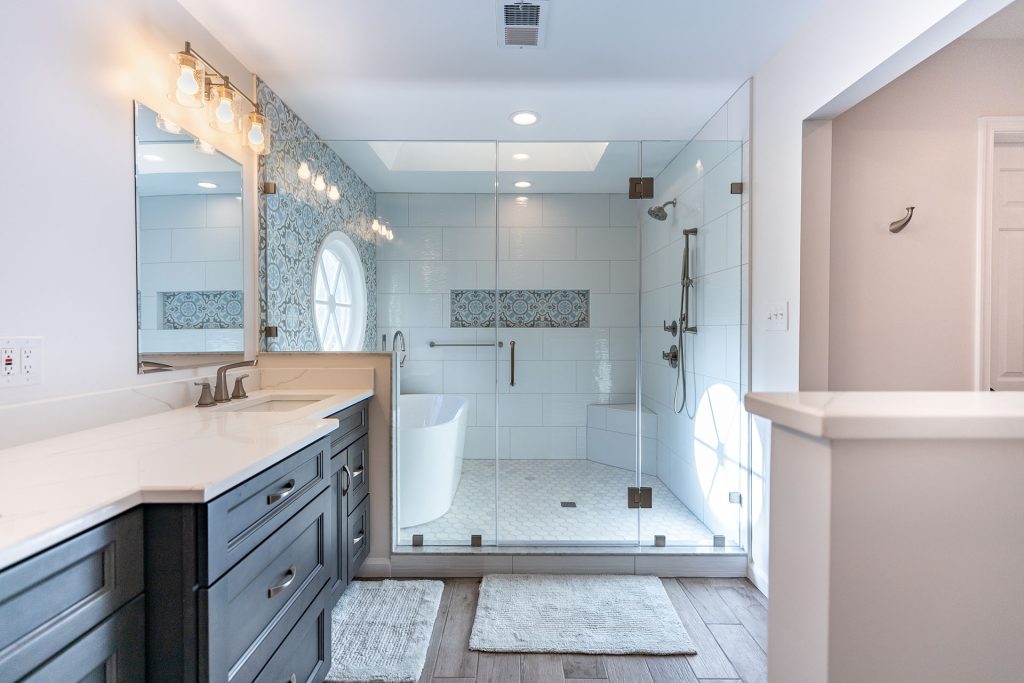In the dynamic landscape of contemporary architecture and construction, the quest for the ideal home has evolved beyond traditional paradigms. Today, innovative construction solutions are reshaping the way we envision, design, and build our living spaces. At the forefront of this revolution is the integration of sustainable materials and technologies that not only reduce the environmental impact but also enhance the overall efficiency and longevity of structures. One of the key players in this transformative era is the use of advanced composite materials, such as carbon fiber-reinforced polymers and high-performance concrete. These materials offer a remarkable combination of strength and lightness, enabling architects to create sleek, open spaces with unprecedented design flexibility. This not only contributes to the aesthetics of the home but also ensures durability and resilience against natural elements.

Beyond the materials themselves, the incorporation of smart home technologies has become a defining feature of modern construction. From automated lighting and climate control to integrated security systems, these innovations not only add a layer of convenience to daily life but also contribute to energy efficiency and sustainability. Imagine a home that adapts to your preferences, learns your habits, and optimizes its energy consumption accordingly. This level of connectivity not only fosters a futuristic living experience but also aligns with the growing emphasis on sustainable living practices. In the pursuit of the ideal home, architects and builders are increasingly turning to modular construction as a viable solution and visit the website https://sagerconstructionllc.com/fredericksburg/remodeling/. This approach not only accelerates the building process but also minimizes waste and environmental impact. Prefabricated modules, precision-engineered off-site, can be seamlessly assembled, reducing construction time and costs while maintaining high-quality standards. This method allows for a level of precision that is often challenging to achieve with traditional construction, leading to more efficient use of resources and a reduction in overall project timelines.
Another groundbreaking innovation lies in 3D printing technology, which has started to make its mark in the construction industry. This method allows for the creation of intricate and customized architectural elements with unparalleled precision. From facades to furniture, 3D printing opens up a world of design possibilities, enabling homeowners to personalize their living spaces like never before. Moreover, 3D printing can significantly reduce construction waste and costs, making it an economically and environmentally sound choice for the future. The integration of green roofs and living walls represents a harmonious synergy between architecture and nature. These features not only enhance the aesthetic appeal of a home but also provide insulation, improve air quality, and contribute to biodiversity. Green roofs, covered with vegetation, act as natural insulators, regulating indoor temperatures and reducing energy consumption. Similarly, living walls, adorned with plants, not only create a visually stunning facade but also improve air quality by absorbing pollutants and releasing oxygen.